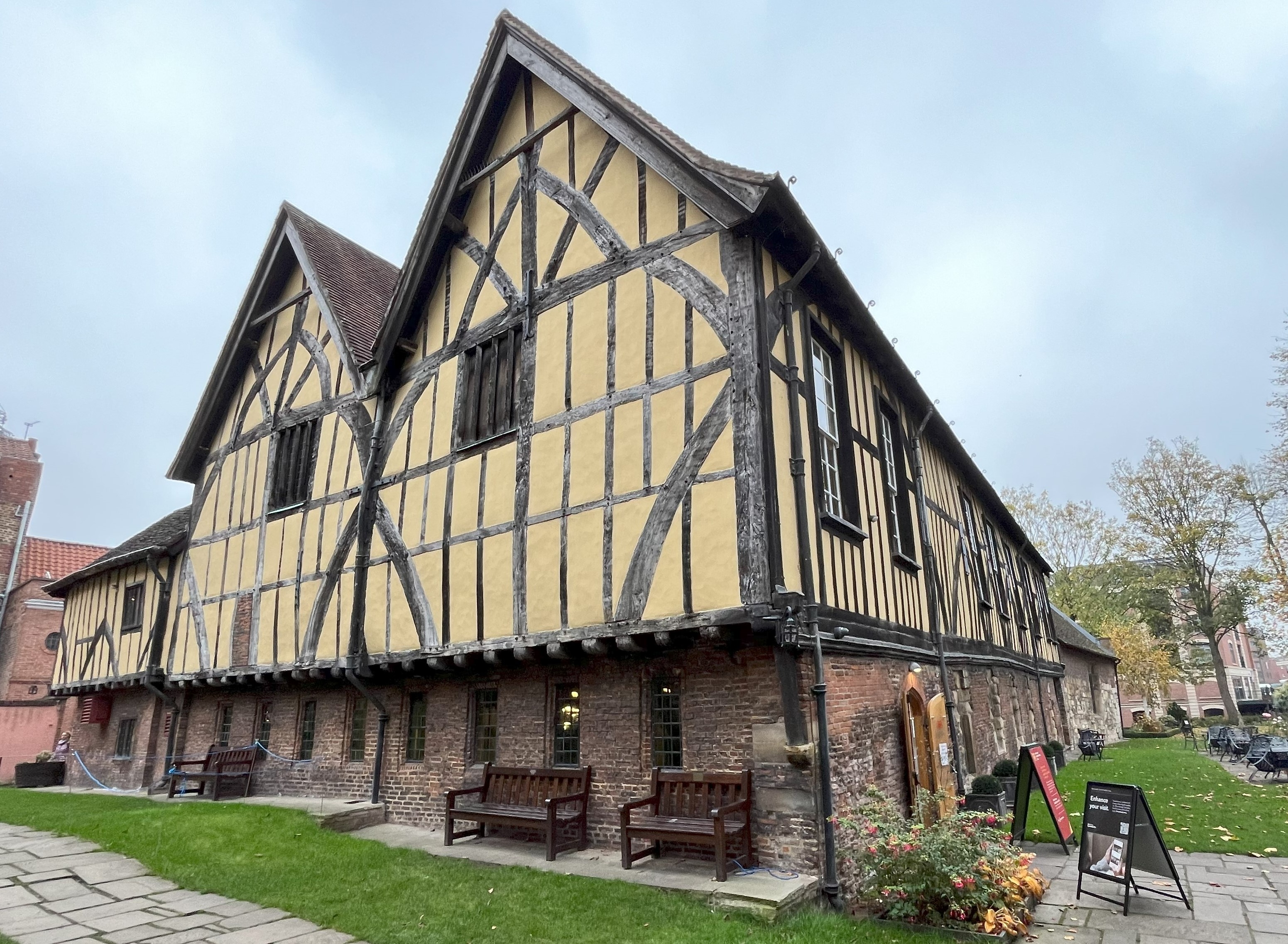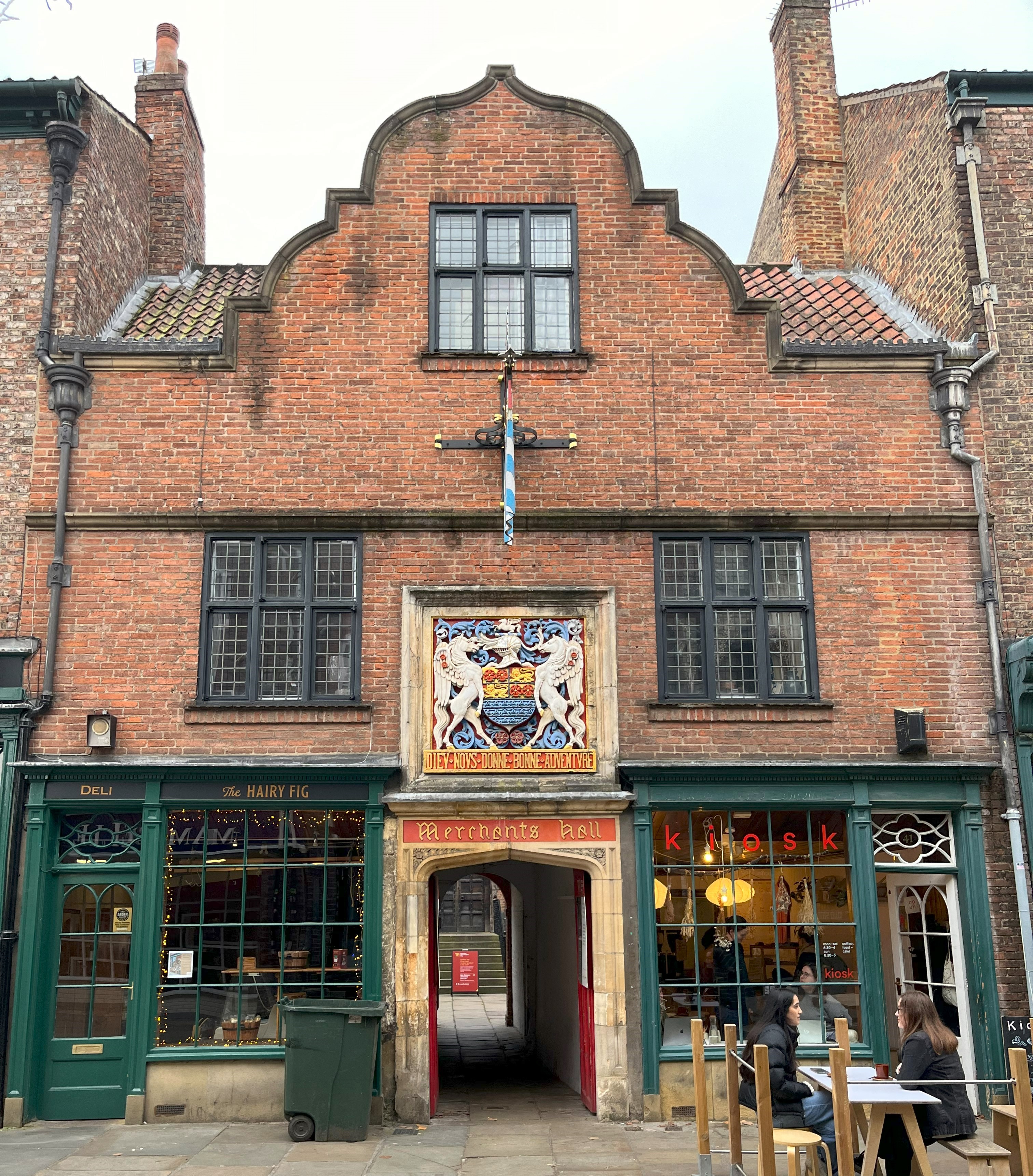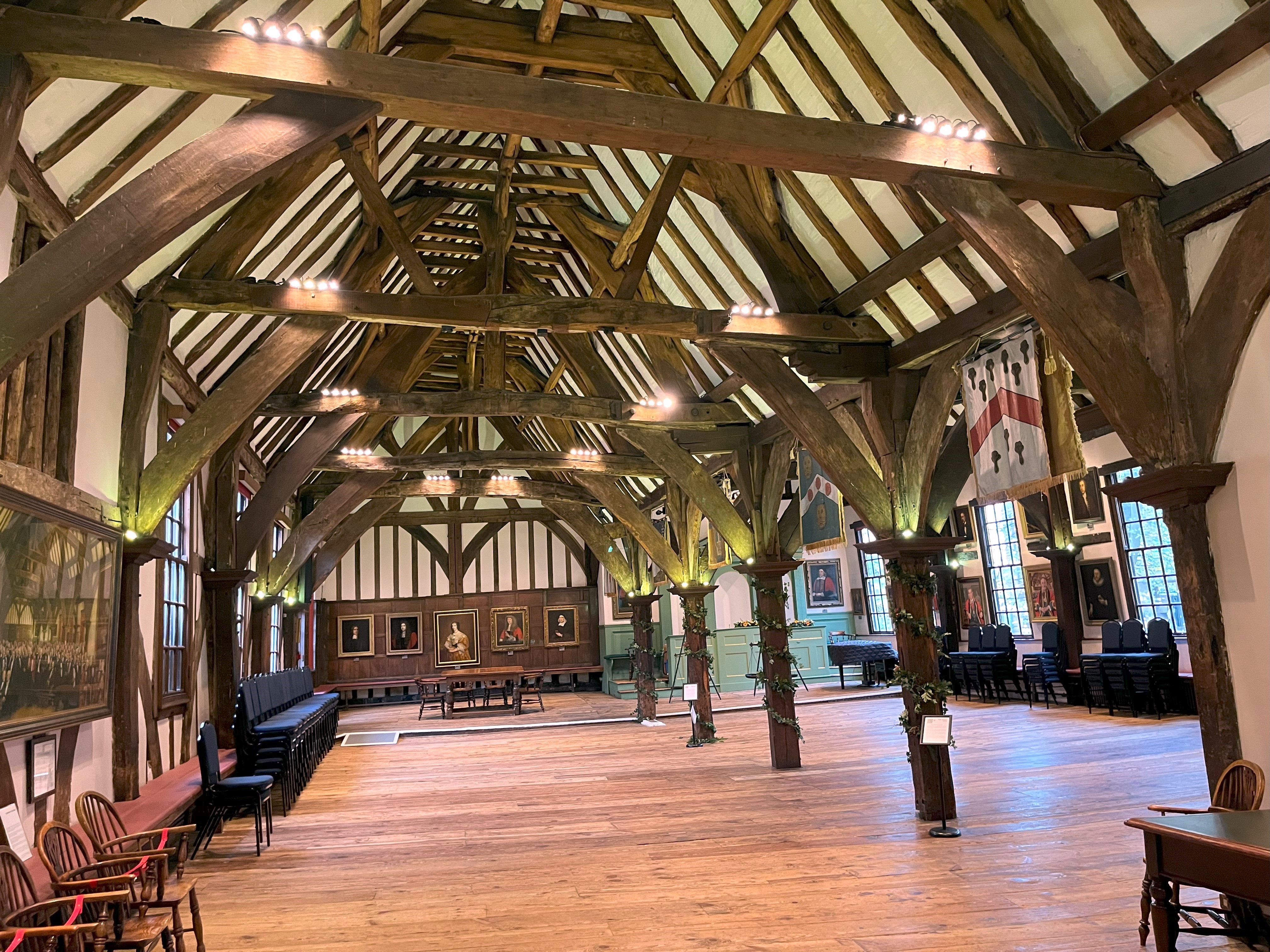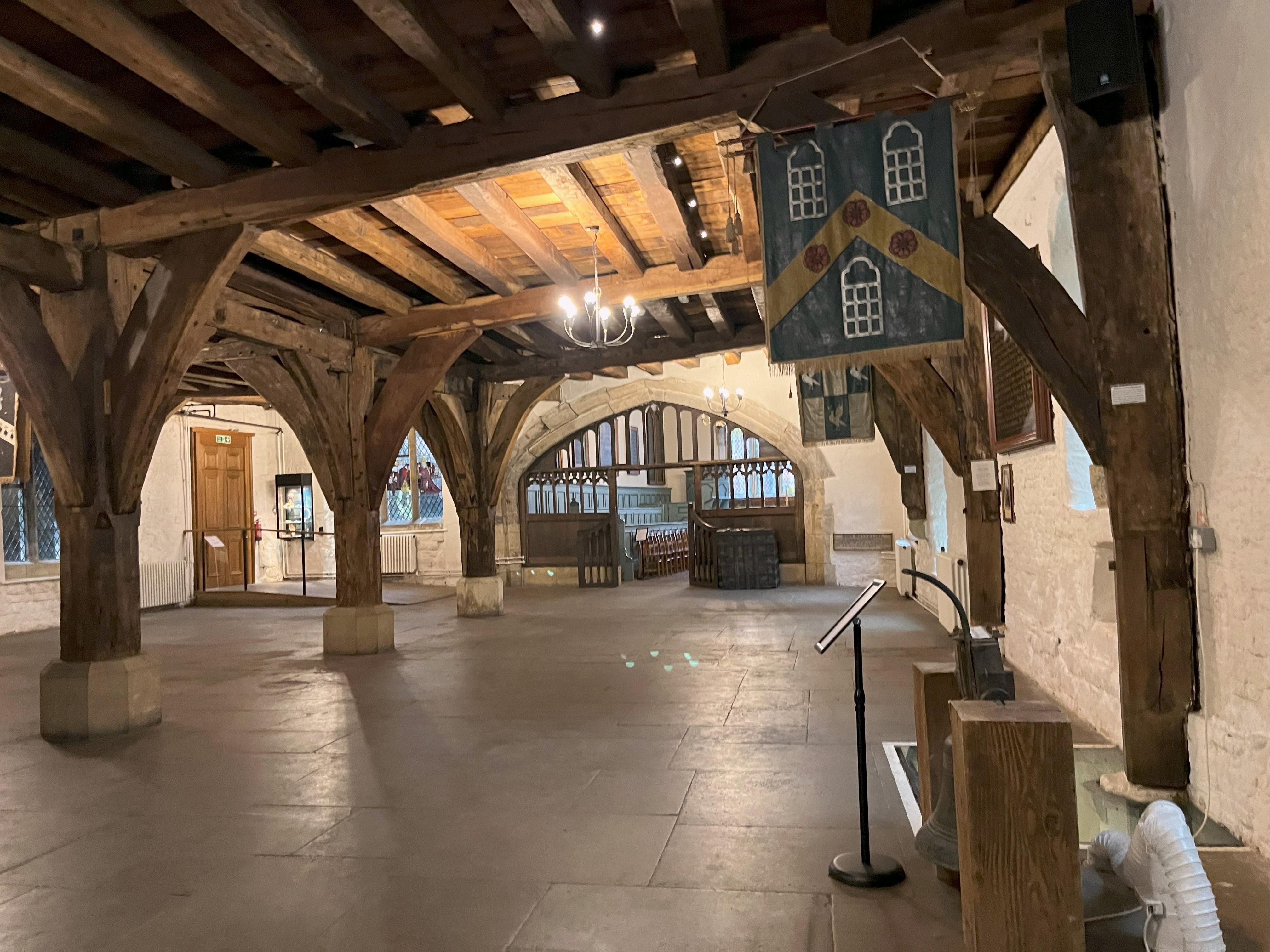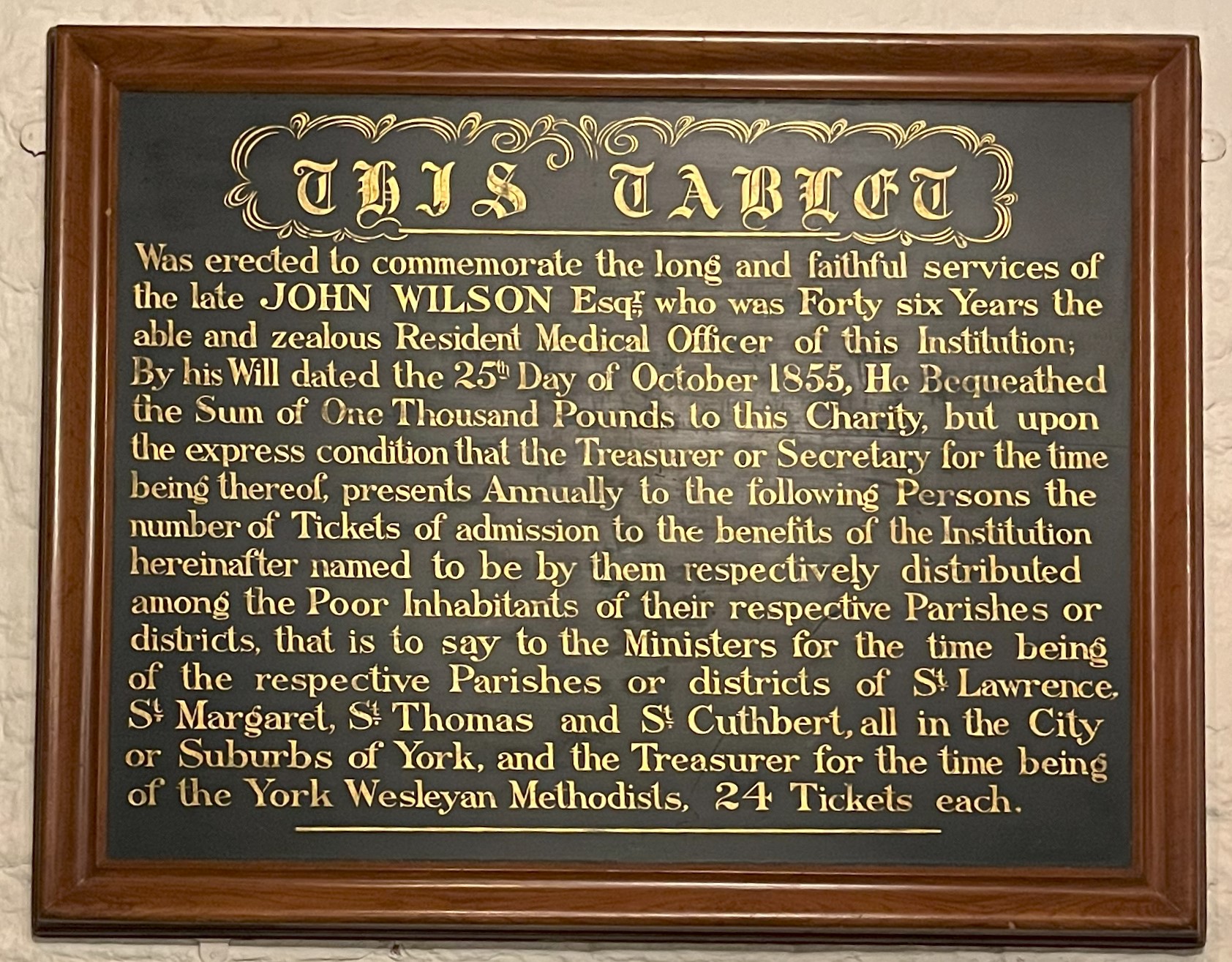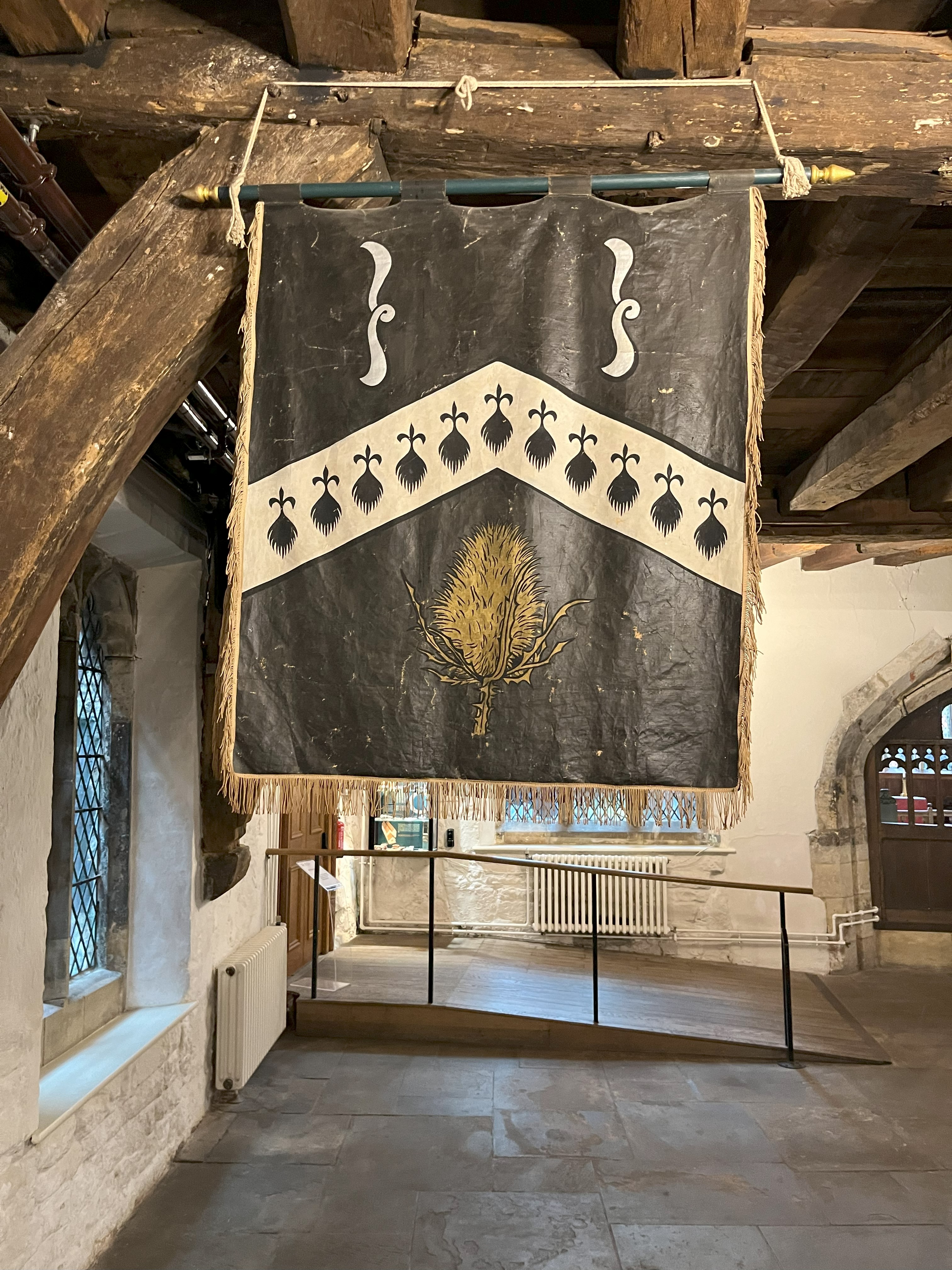We looked at wills as primary sources of information about early modern work in module A223, so thought I'd share a few images of a document I'm (very, very slowly and very, very painfully 🙂) trying to decipher. If nothing else it has given me an incredible respect for the people who made the transcriptions that we use in the OU materials and appreciate what a skill it is to read old handwriting!
I'm very lucky that my local archives hold originals for a number of wills for the village where I live and so I couldn't resist having a look at the earliest one I could find within the A223 period. In fact it's the inventory for the goods of a local bigwig, John Myklefeld of Bolton, who died around 1525.
Have to say when I first unfolded it I was convinced it was in latin (or elvish!! 🤣), it was only once I twigged that the last line in the photo here was, 'The goods in the halle' that I realised I could make some progress.

I'm still struggling with almost all of it, but there were a few 'work' related elements that I've made out and thought were a good link with this week's content.
This was in 'the kitchen', and reads (I think):
'Item - one Spynnyng wheill ----- 4pence', so there was spinning work being done.

It's a rural area, and so someone had to have been looking after his 'mayrs and hors' (mares and horses)

and also his '...ii kye & ii kalffs' ( 2 cows and 2 calves)

I'm nowhere near working out what John's goods were valued at in total, but he was obviously a wealthy man in the community and it must have largely been the work of others that had been supporting him in life.
It's been a great lesson for me in just how hard-won knowledge of the past might be!
